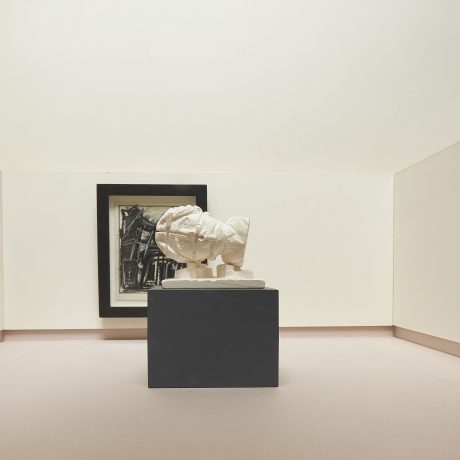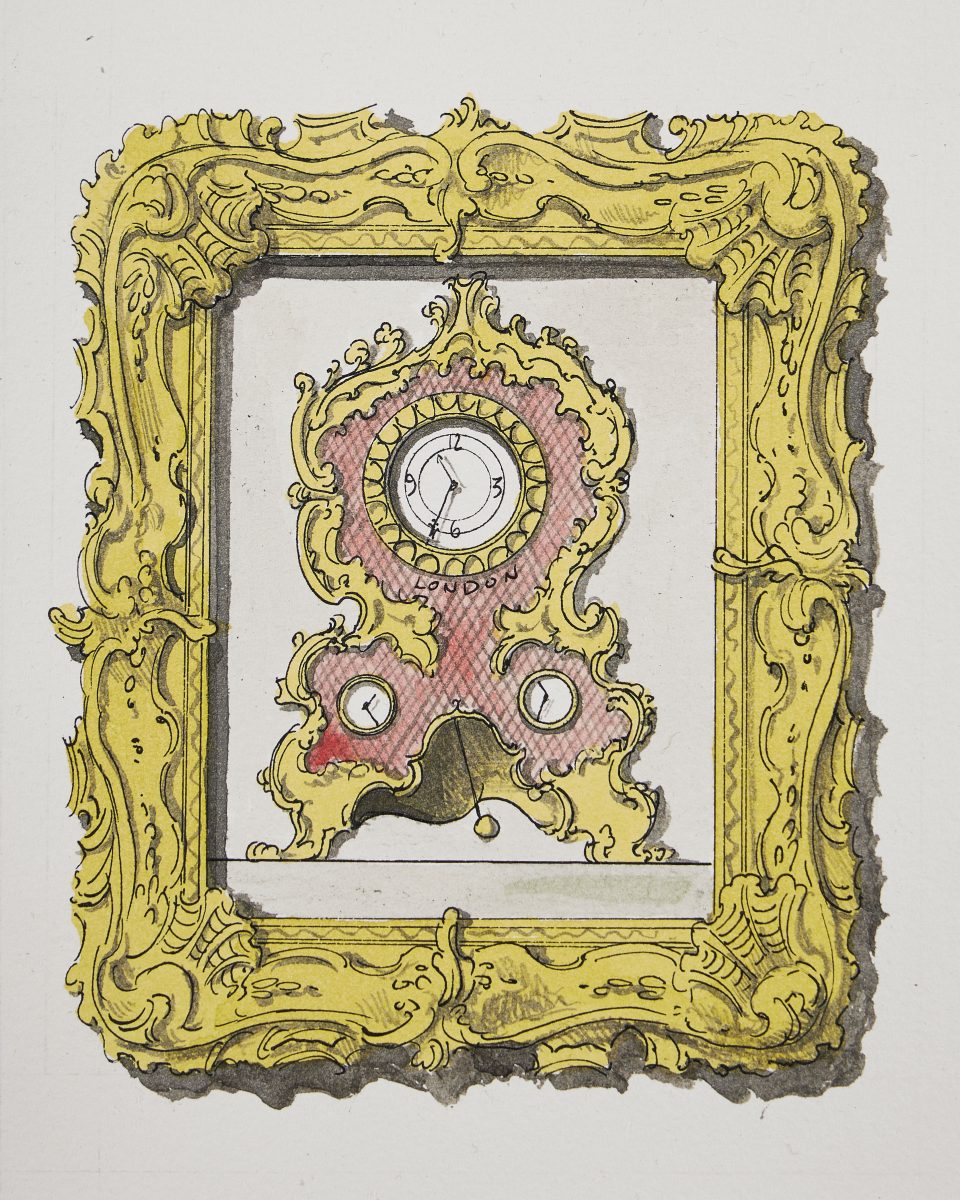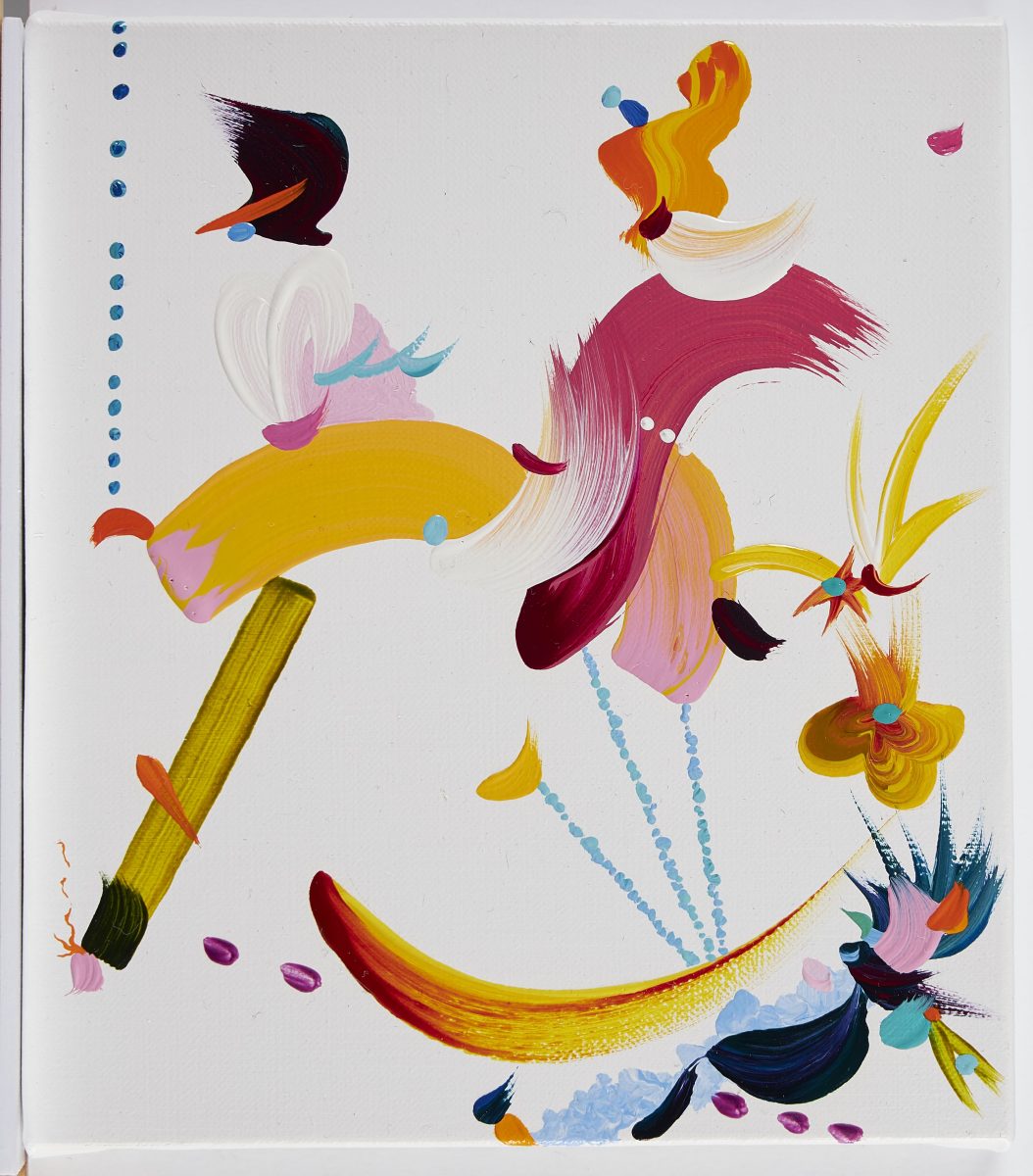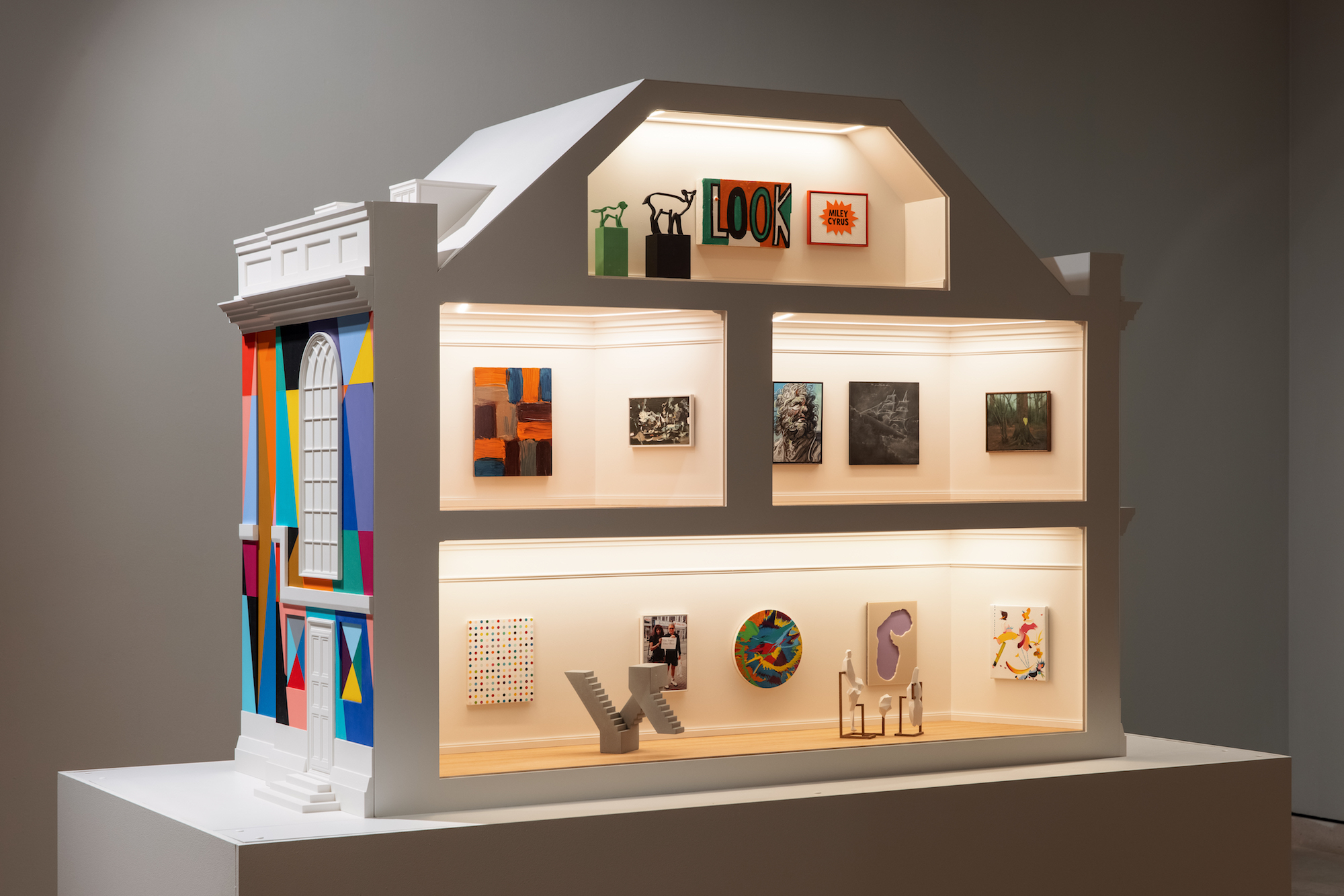
Simon Martin believes it’s the little things that count. As the coronavirus pandemic forced museums the world over to temporarily close, the director of Pallant House Gallery quietly reached out to a cohort of British contemporary artists with a simple yet challenging proposition: to create a small-scale artwork measuring no more than 15 sq cm.
More than 30 creative luminaries have contributed original works to the 2021 Model Art Gallery, ranging from a pair of terracotta vessels by studio potter Magdalene Odundo and a painting by Sean Scully, to a Julian Opie sculpture and a miniature print from photographer Khadija Saye, the only work from her Crowned series not destroyed in the Grenfell Tower fire which took her life.
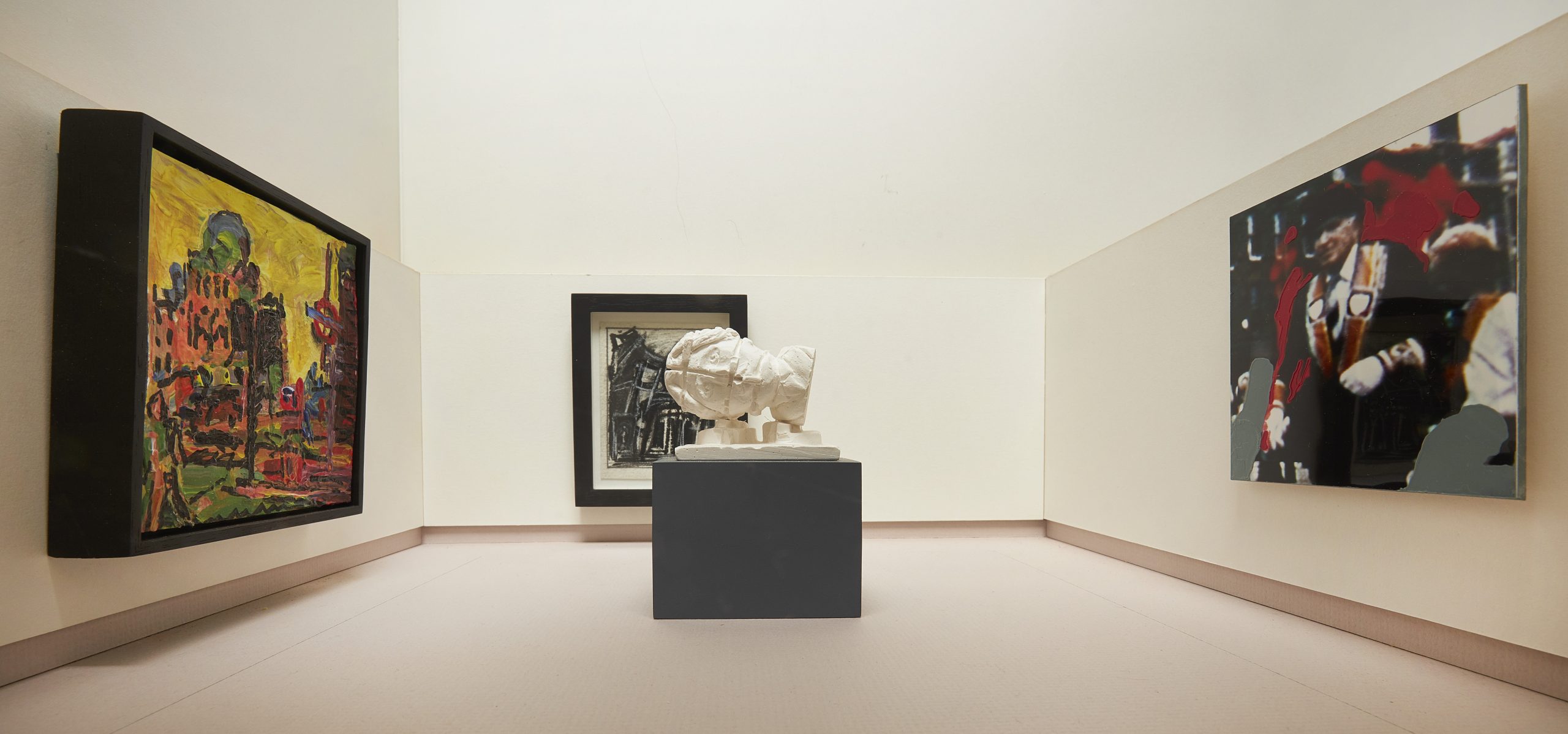
It’s not the first time the Chichester institution has scaled down: the earliest model gallery in Pallant House Gallery’s collection, The Thirty Four Gallery, debuted in 1934 after art dealer Sydney Burney invited his contemporaries (including Henry Moore, Barbara Hepworth and Vanessa Bell) to create miniature artworks to fill a dollhouse for a charitable cause. Lost for decades, some of the works were later rediscovered in a suitcase by Burney’s grandson. The model was recreated by Pallant House Gallery in 1997 based on photographs of the original designed by the architect Marshall Sisson.
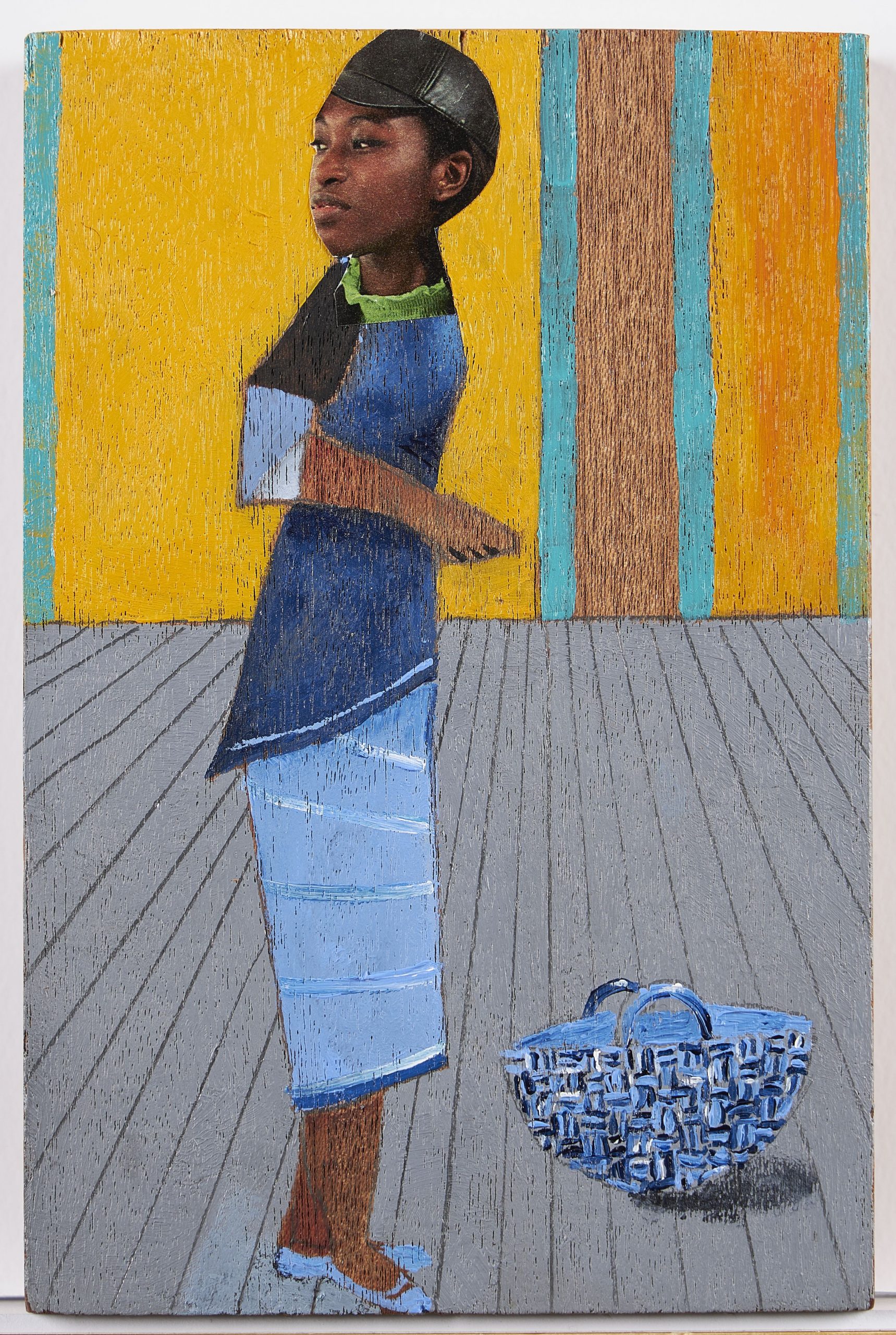
In 2000, Pallant House marked the millennium with a new Model Art Gallery housing works by the likes of Antony Gormley, Dhruva Mistry, Eduardo Paolozzi and Richard Hamilton. Together, the trio of model art galleries offer a whistle-stop tour of British art over the past 87 years, with a notable evolution along the way.
“The world of miniatures is a charming one, unfailingly eliciting a sense of childlike wonder and delight”
“The key difference [between the model galleries] is the makeup of the artists,” notes Martin. “Given the discussions in the art world around museum collections aiming to have greater gender parity, that was something we really wanted from the outset.” The 2021 Model Art Gallery is split nearly evenly between male and female artists, with the latter half represented by Gillian Wearing, Rachel Whiteread, Clare Woods and Lubaina Himid, among others.
The world of miniatures is a charming one, unfailingly eliciting a sense of childlike wonder and delight. But in these unusual times, perhaps there’s more to it. “At a time when everything in the world is out of control, there is something quite satisfying about having something which is contained and disciplined,” explains Martin.
That’s not to say the artists distilled the complexity of their work to suit the child-like context. “Some of the artists have reflected on the themes and major political movements from last year in their work, such as Black Lives Matter, and it becomes like a time capsule as well,” he adds.
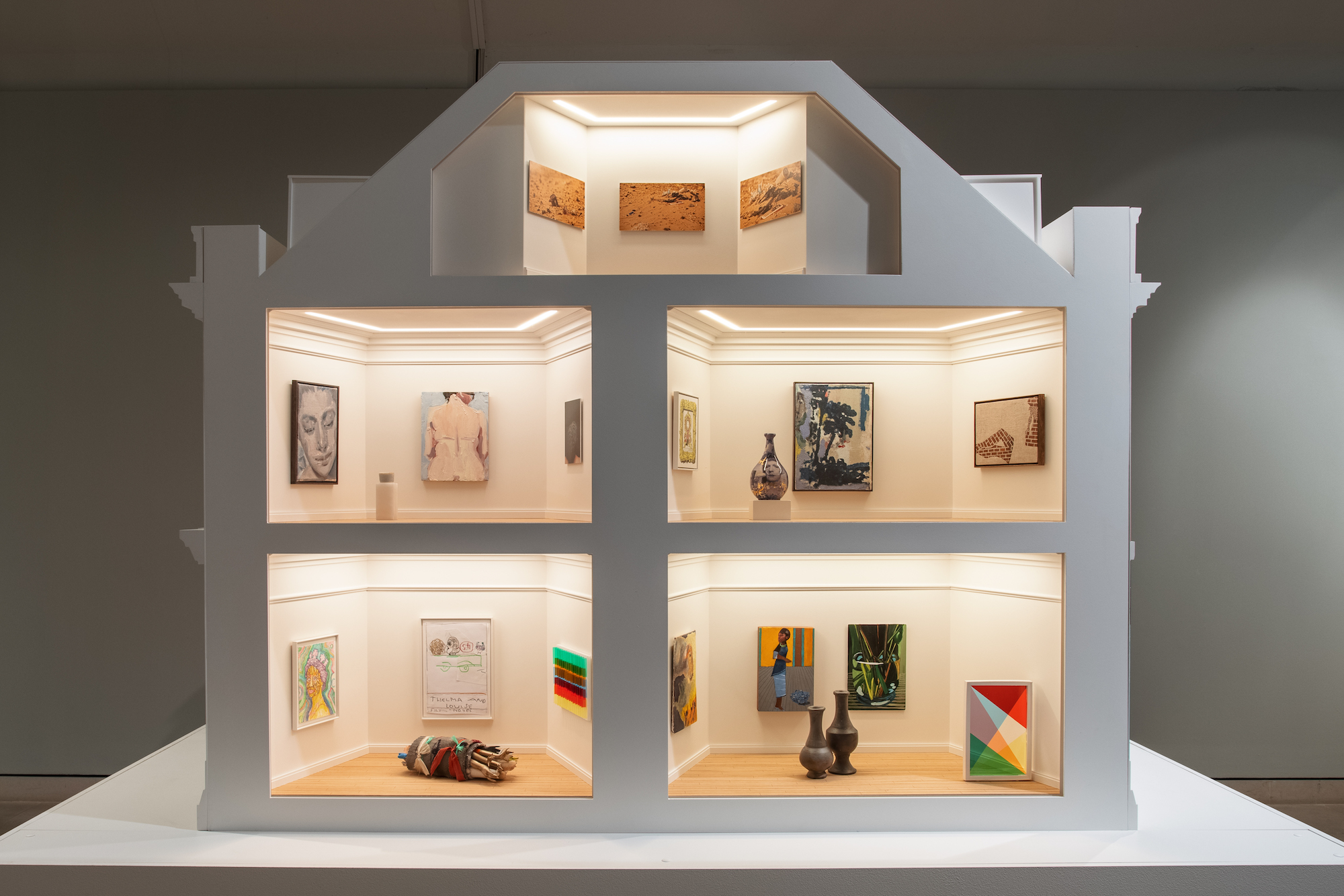
Designed by Wright & Wright Architects (who are currently working with Pallant House on a new collections centre), the 2021 Model Art Gallery has all the trappings of a full-scale gallery. Features such as recessed lighting, laser-cut flooring, cornicing and skirting boards all lend an architectural scale to the pieces. Logistically, Martin explains, hanging the show posed its own challenges as the artworks are all simultaneously in view: it made refining the rhythm and connections between them more difficult. Still, even the most Lilliputian of works carries a monumentality within the space.
So how did these artists with grand ideas think small? “Initially I was thinking of the intimate spaces of Emily Dickinson’s envelope poems and how they are endlessly suggestive fragments: they are vivid ideas of composition,” explains London-based painter Kaye Donachie. “I found working on such a small scale interesting as I wanted the brush marks to possess the same weight and visual sensation as my larger paintings. I had to reconsider my approach on how the image would be composed and perceived on that scale. It led me to the poet/artist Elizabeth Bishop and the transformative scale of the imagination.”
“Shrinking works down was by no means an easy feat, especially when an artist decided not to adapt their practice to suit the task…”
Shrinking works down was by no means an easy feat, especially when an artist decided not to adapt their practice to suit the task. “I found it an intriguing challenge, especially as I decided to make a miniature painting exactly as I make all other paintings, with the help of tape and paint rollers, both of which are significantly over-scaled for a miniature,” says conceptual artist Michael Craig-Martin.
“The image needed to be comparatively simple,” he continues, “but the work proved more difficult to achieve than I expected. It isn’t easy to understand why the idea of making a miniature work appeals to so many artists, but it obviously does.”
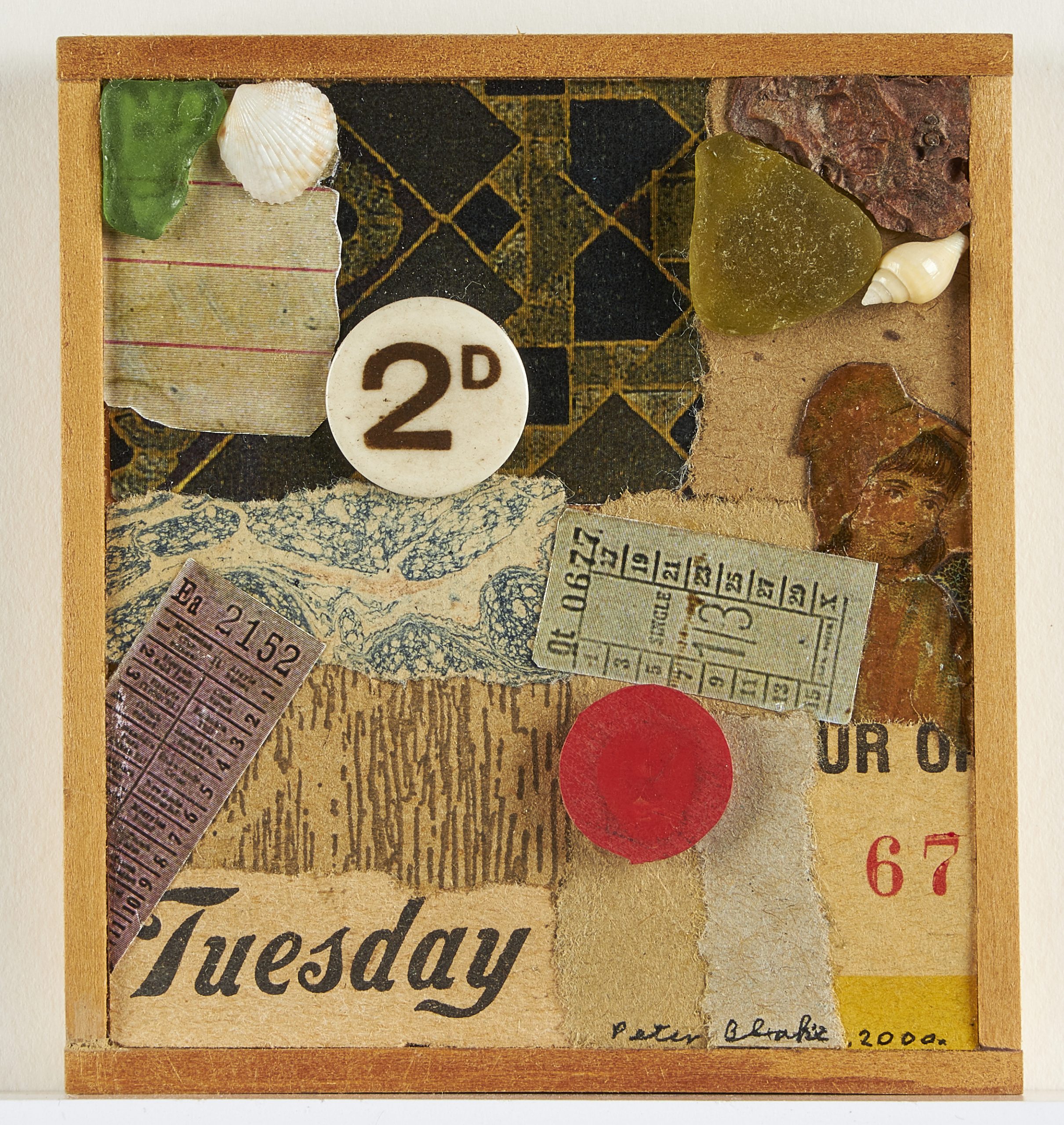
While the Pallant House posse may eschew miniatures in the future, there are many artists that work exclusively at that scale, American photographer Lori Nix among them. The self-styled “faux landscape photographer” (who studied ceramics and photography) works collaboratively with glass artist Kathleen Gerber to create and capture her meticulous handmade dioramas that immerse us in post-apocalyptic settings. In one, an uranium extraction plant perches dangerously on the edge of a cliff, while other works feature desolate interiors such as a shopping mall, an observatory or a church.
“Even the most Lilliputian of works carries a monumentality within the space”
Meanwhile, Mexico-born street artist Pablo Delgado has been embellishing East London street corners for nearly a decade now. His distinctive miniature vignettes (identified by the trademark black shadows his characters ‘cast’ on the pavement) elicit an open-ended narrative much like a scene in a play.
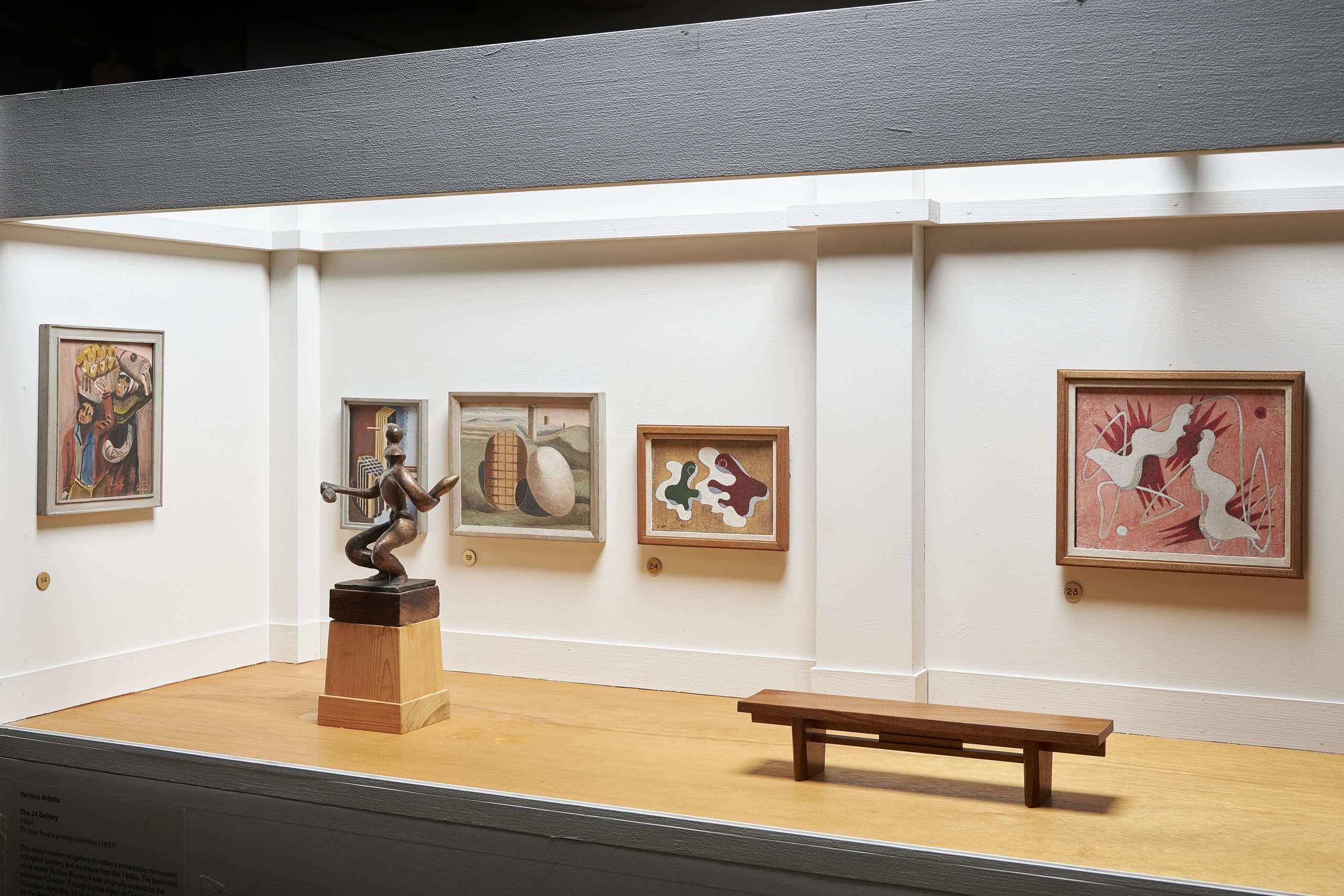
And the art world’s obsession with miniatures shows no sign of waning. At New York’s Museum of Art and Design (MAD), arts patron and collector Joanna Fisher embraced the confining experience of lockdown by commissioning artists, designers, craftspeople and miniaturists to fill a dollhouse specially made by set designer Holly Jo Beck.
On view until 26 September, the installation is inspired by Venice’s glamorous 15th-century Gritti Palace and is furnished with an eclectic range of furniture and objects (think exquisitely detailed replicas of Baroque Revival fireplaces, blown-glass lamps and a miniature espresso machine) alongside micro-works by contemporary artists including Veronica Gaido and Dustin Yellin.
“‘The house within’ is how I think about this project, a place people can go to in their minds. This was born in the pandemic, an emotional home I found within myself,” said Fisher. It’s a small world, after all.
Jess Klingelfuss is a writer specialising in contemporary art, design, travel and lifestyle
Masterpieces in Miniature: The 2021 Model Art Gallery
Pallant House Gallery, Chichester, until Spring 2022
VISIT WEBSITE